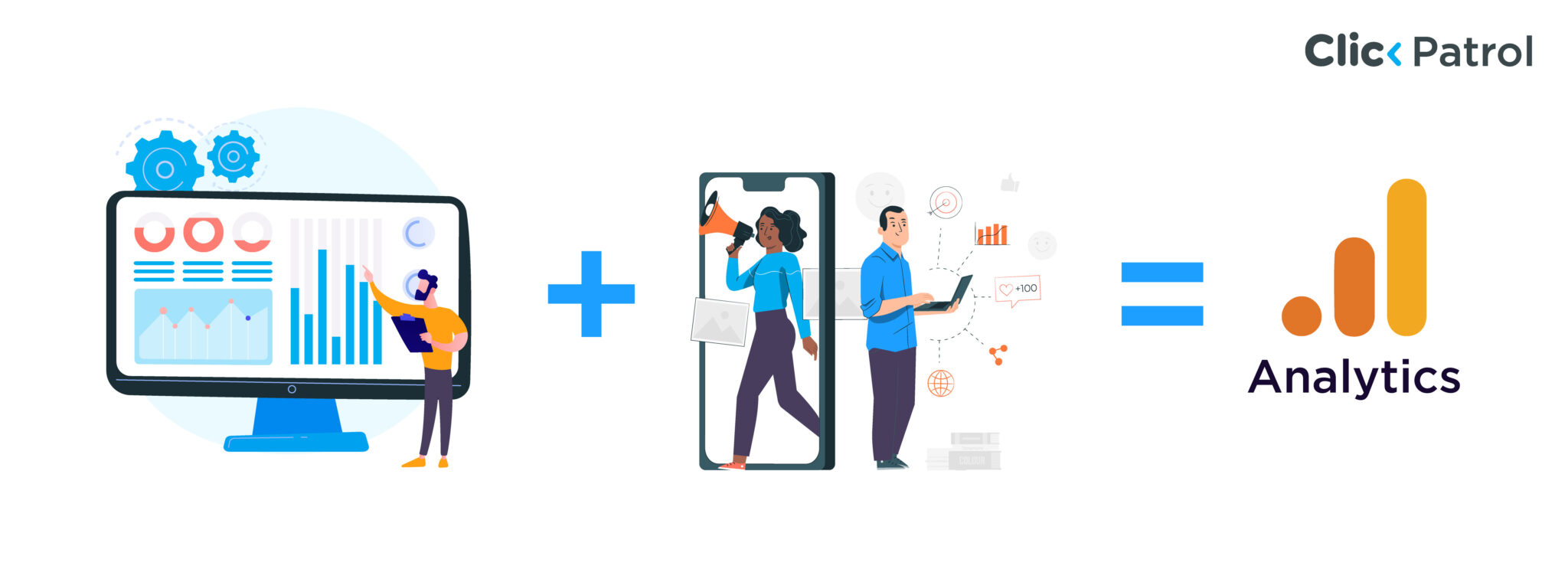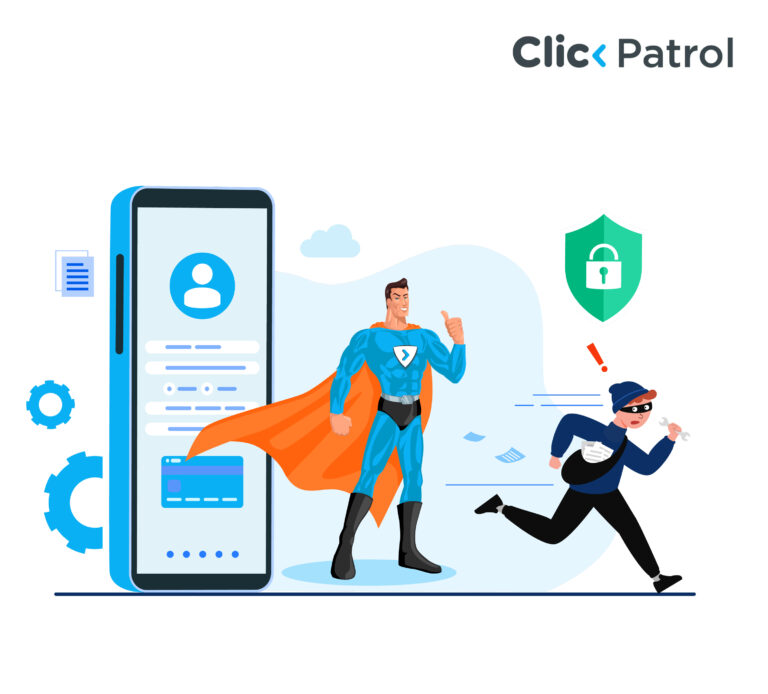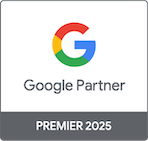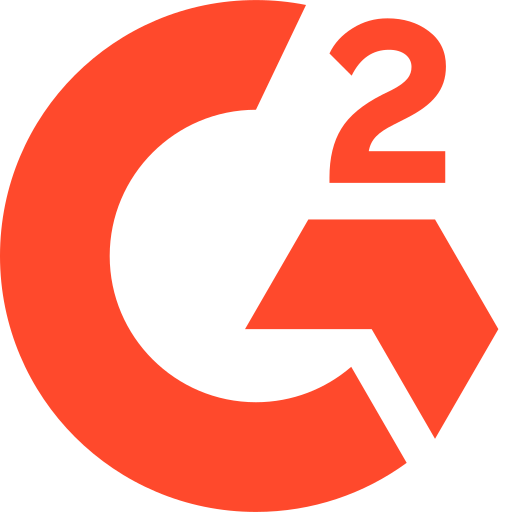
Google Ads parallel tracking: The complete guide to faster, cleaner click measurement in 2025
Abisola Tanzako | Sep 25, 2025

Table of Contents
- What is Google Ads parallel tracking, and how it speeds up clicks
- How Google Ads parallel tracking actually works
- Where parallel tracking is required (and where it’s optional)
- What parallel tracking changes (and what it doesn’t)
- How to verify (or enable) parallel tracking
- Step-by-step checklist for a parallel tracking setup
- Troubleshooting parallel tracking across campaign types
- 1. Problem: Conversions dropped after enabling a new tracker
- 2. Problem: UTM parameters or gclid aren’t showing in analytics
- 3. Problem: Video/YouTube campaigns fail validation with a third-party click tracker
- 4. Problem: Hotel campaigns behave differently
- Best practices for a clean, fast parallel setup
- Google Ads parallel tracking and third-party platforms
- Measuring the impact
- 1) Page load & web vitals:
- 2) Click-to-land rate:
- 3) Attribution integrity:
- 4) Conversion rate:
- 5) Tracker health:
- Myths vs. facts
- Step-by-step QA plan
- Click speed is customer respect
- FAQs
If you have ever clicked an ad and felt the landing page drag, you have hit the problem that parallel tracking solves.
Old PPC setups routed people through multiple tracking redirects before showing the final page.
Every hop slowed things down, sometimes breaking links or dropping parameters. Google Ads parallel tracking fixes this.
The user is directed straight to the landing page, while tracking URLs are fired in the background.
This guide explains how it works, where it’s required, setup tips, QA, and best practices for reliable measurement.
What is Google Ads parallel tracking, and how it speeds up clicks
Google Ads parallel tracking sends the clicker directly to your final URL.
At the same time, Google fires background requests to your tracking endpoints. The visitor avoids redirects.
Your partners still log the click, gclid and UTMs survive more reliably.
Think of it like “express checkout” for clicks: the customer goes straight to the counter, while receipts are filed behind the scenes.
How Google Ads parallel tracking actually works
Here is how the behind-the-scenes of a faster click works.
Before (old flow):
Click → Tracker URL(s) → Final URL
Now (parallel):
Click → Final URL loads immediately.
Meanwhile → Tracking templates fire in the background
User and measurement are separated.
If a tracker lags, the visitor typically won’t notice.
Where parallel tracking is required (and where it’s optional)
According to Google’s Help Center, parallel tracking is mandatory for Search, Shopping, Display, Video, and Performance Max campaigns.
For Hotel campaigns, it is optional, and some accounts may still display a toggle that applies only to Hotel.
Historically, enforcement for YouTube/Video also rolled out on firm timelines (e.g., enforcement notices around early 2022).
If you manage video campaigns, especially those that use third-party trackers, ensure your partners fully support parallel tracking.
What parallel tracking changes (and what it doesn’t)
Your landing page loads faster because it skips redirect chains.
Third-party click tracking works through server-side pings, rather than user redirects, and most tracking and affiliate systems now support this method.
When parallel tracking became mandatory, tools like Search Ads 360 (SA360) needed updates, and Google provided a checklist to guide migrations.
Review it if you use SA360 or custom templates. Auto-tagging and parameters such as gclid still work and often more reliably since redirects no longer drop data.
Always QA that gclid carries from click to session.
How to verify (or enable) parallel tracking
By 2025, parallel tracking will be mandatory for most campaign types, so you usually don’t need to enable it manually.
Still, it’s worth verifying your account settings, especially for Hotel campaigns, where a toggle may still appear.
According to Google’s Help Center, any visible switch now applies only to Hotel.
Some affiliate or tracking platforms may still display outdated instructions, accompanied by UI screenshots.
Use Google’s Help Center as your definitive reference on what can and cannot be configured today.
For Search, Shopping, Display, Video, and Performance Max, parallel tracking is always on.
Just confirm that your tracking vendors support it on their side.
Step-by-step checklist for a parallel tracking setup
The goal is to make your setup parallel-tracking friendly
1. Audit templates → Use HTTPS endpoints. Keep the Final URL clean; include UTM parameters in the Final URL suffix.
2. Confirm vendors → Ask if they fully support parallel tracking.
3. Review SA360 setups → Legacy redirect features may need updates.
4. QA tagging → Test gclid and UTMs persist.
5. Monitor metrics → Check load speed, bounce rate, attribution after rollout.
Troubleshooting parallel tracking across campaign types
Here are common issues and how to fix them
1. Problem: Conversions dropped after enabling a new tracker
a. Likely cause: The tracker relied on a user redirect that no longer fires under parallel tracking.
b. Fix: Ask your vendor for a parallel-compatible tracking endpoint or template.
Confirm that their system supports background pings and does not require the user to traverse their URL chain.
2. Problem: UTM parameters or gclid aren’t showing in analytics
a. Likely cause: Landing page or server removes/rewrites parameters (e.g., aggressive redirects, canonicalization).
b. Fix: Ensure your site preserves query strings throughout the entire end-to-end process.
Use the Final URL suffix for UTM parameters, and verify that your CMS, CDN, or routing rules don’t strip them.
3. Problem: Video/YouTube campaigns fail validation with a third-party click tracker
a. Likely cause: Mismatch between the landing page declared in the ad and the one declared in the click tracker, which some video environments enforce.
b. Fix: Match the final landing page URLs (including parameters) as required; review the 2022 enforcement notes and your vendor’s YouTube guidance.
4. Problem: Hotel campaigns behave differently
a. Likely cause: The Hotel is the main area where a parallel tracking toggle may still be in effect.
b. Fix: Check the Account settings → Tracking area to confirm whether Hotel parallel tracking is on or off based on your integration.
Best practices for a clean, fast parallel setup
The best practices include:
1) Keep the user path sacred.
Your final URL should be the shortest, most reliable route to value; let measurement happen in the background.
2) Prefer Final URL suffixes over redirect templates.
It stabilizes your landing URL and reduces parameter-loss bugs.
3) Use auto-tagging.
Let Google Ads automatically append gclid and related identifiers.
4) Sync with analytics.
Confirm your analytics platform (e.g., GA4) captures and stores ad parameters correctly.
Modern guides explain how parallel-style association reduces data loss.
5) Loop in partners. Notify affiliates, networks, and tracking vendors of changes.
Most already support parallel tracking, but issues arise when old macros linger.
6) Document parameters.
Maintain a simple “parameter contract” for UTMs and custom keys to protect reporting during updates.
Google Ads parallel tracking and third-party platforms
Questions to ask your vendors:
- Do you fully support parallel tracking with Google Ads?
- Can your click endpoints receive background pings without user redirects?
- Do we need updated macros in the tracking template?
- Will UTMs be preserved or added via Final URL suffix instead of redirects?
- Are there any known issues with YouTube or Performance Max?
Most reputable ad-tech and affiliate platforms now publish Google Ads parallel tracking guidance and, if needed, provide updated endpoints.
Measuring the impact
What to watch after you go parallel:
1) Page load & web vitals:
Faster First Contentful Paint (FCP) and Interaction to Next Paint (INP).
2) Click-to-land rate:
Fewer lost visits from redirect failures.
3) Attribution integrity:
Higher gclid/UTM capture; stable session stitching in analytics.
4) Conversion rate:
Mobile lifts often follow once the friction is removed.
5) Tracker health:
Confirm that partner endpoints receive background pings and check their logs.
Myths vs. facts
1. Myth: “Parallel tracking breaks third-party measurement.”
Fact: It only breaks redirect-dependent setups. Modern trackers support background pings with parallel-safe templates.
2. Myth: “I can turn parallel tracking off for Search.”
Fact: For Search, Shopping, Display, Video, and Performance Max, it’s mandatory. Only the Hotel may expose a toggle.
3. Myth: “YouTube ignores parallel tracking.”
Fact: YouTube campaigns enforce it. Ensure that the tracker and ad landing URLs match exactly.
Step-by-step QA plan
- Staging tests: Launch a low-budget campaign in a limited geo.
- Network waterfall: Verify that the browser navigates directly to the final URL and confirm tracking pings in developer tools/server logs.
- Parameter persistence: Verify that gclid and UTMs persist through landing and analytics.
- Vendor confirmation: Ask partners to validate receipt of background pings.
- Cross-browser/device tests: Cover Safari, Firefox, Android, iOS.
- Pilot run: Test for a week; measure speed and attribution stability.
- Rollout + monitoring: Set alerts for sudden drops in gclid or conversions.
Click speed is customer respect
Parallel tracking is not just a setting; it is about the user. They should land instantly, every time.
By separating measurement from the customer path, Google Ads made it possible to deliver speed without sacrificing data.
Keep your final URL clean, standardize your parameter strategy, work with vendors who support background measurement, and follow Google’s guidance for edge cases, such as SA360 and YouTube.
Done right, you will gain the real benefits of Google Ads parallel tracking: speed, stability, and trustworthy attribution all at once.
FAQs
Q. 1 Do I need to “turn on” Google Ads parallel tracking?
No. It’s mandatory for most campaigns.
Only the Hotel may still show a toggle.
Q. 2 Will my third-party tracker still work?
Yes, if it supports parallel tracking.
Confirm with the vendor’s documents or request a parallel-compatible template.
Q. 3 How does this affect YouTube campaigns?
Google Ads parallel tracking is enforced.
Your ad’s landing URL and the tracker URL must match exactly, including parameters.
Q. 4 Does Google Ads parallel tracking improve conversion rates?
Not automatically.
However, reducing redirects and lost visits creates better conditions for higher performance, especially on mobile devices.





